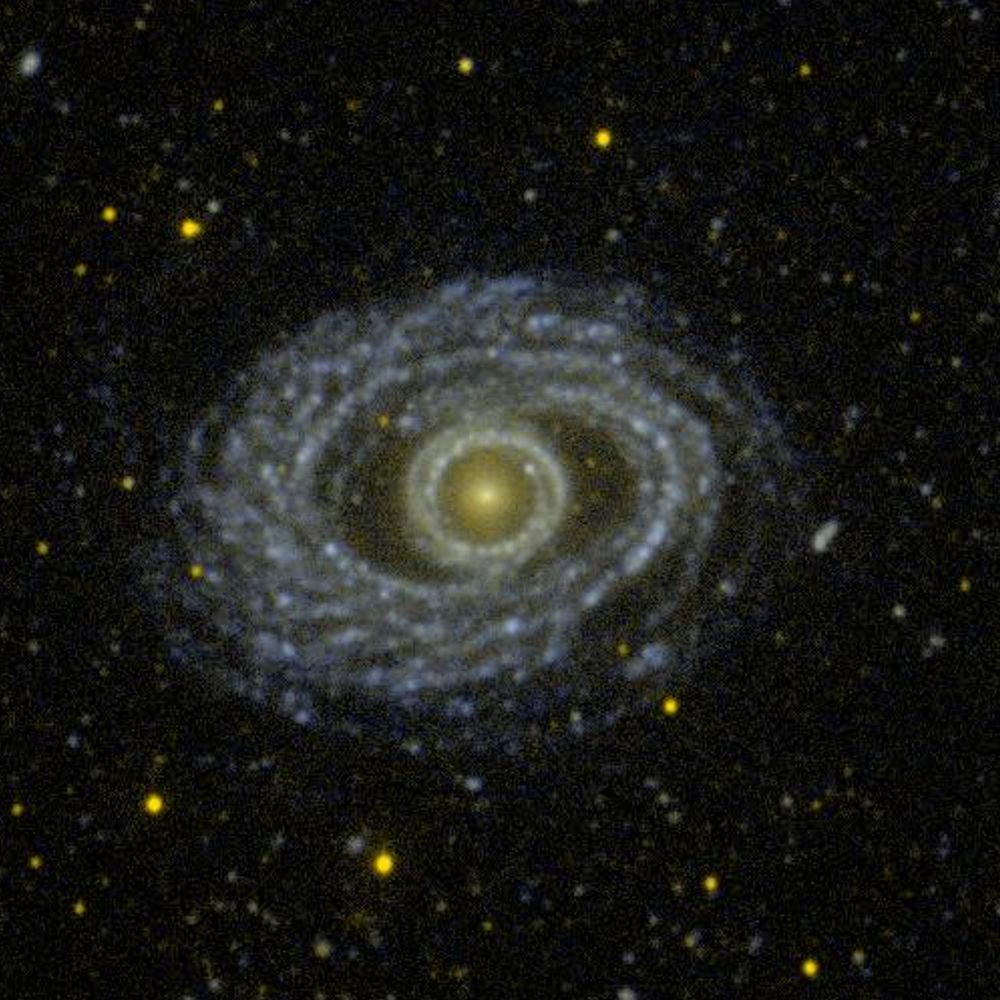JohnD wrote:I share Guest's confusion!
The blurb just doesn't match the image shown as today's APOD, or the galaxies that the blurb links to!
It just doesn't look like a barred galaxy - no bar! - and nothing like the example NGC 1672.
The Wiki entry for NGC 1512, given to show it "Seen in total", looks exactly like the APOD - no outer rings at all.
And a Google for other images of 1512 find it as an oval, angulated as seen from Earth, with a distinct bar, no dust lanes and wide spiral arms, not an outer ring. See: http://www.billionsandbillions.com/ngc_1512.html
Shurley shome osher Galashie?
John
NASA, ESA, Hubble, LEGUS, Judy Schmidt.
Photo: ESO/Rob Gendler.
It can be confusing to spot a barred spiral, I know.
A typical feature of barred spirals is that they have two dust lanes running along the bar. In the picture at right of NGC 1097, you can clearly see the two dust lanes in the bar, one running from the inner ring to the lower left until it meets the outer ring, the other dust lane running from the inner ring to the upper right to the outer ring.
If you take a look at today's APOD, you can see two dust lanes running from the inner ring, one to the upper left, the other to the lower right. These two dust lanes strongly suggest that the nuclear ring is connected to a bar.
Here is a 549 KB image of galaxy NGC 1512. I recommend it, and you can clearly see both the inner and the outer ring and the connecting bar. One nuclear dust lane is obvious, while the other one is harder to spot. Please note that the inner ring is very tiny compared with the outer one, but also brighter than the outer one, which is typical.
Ann







